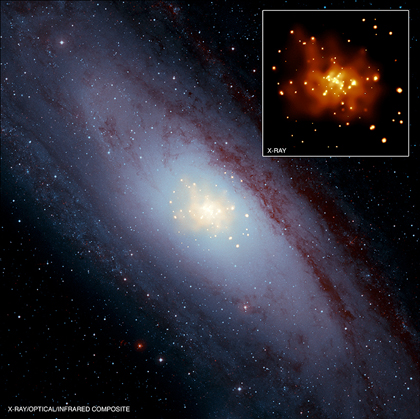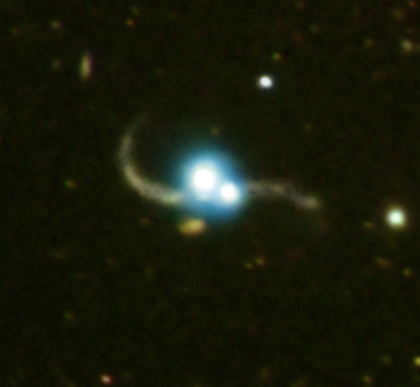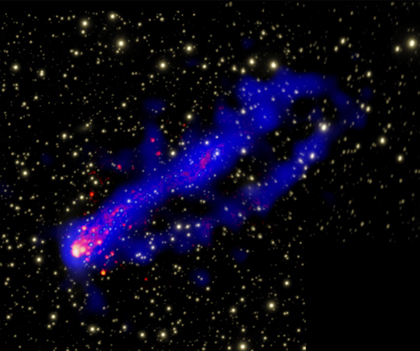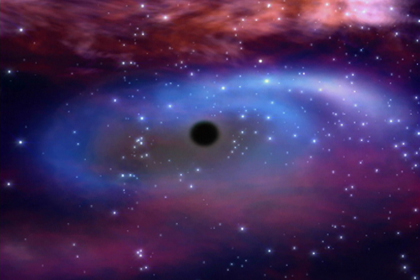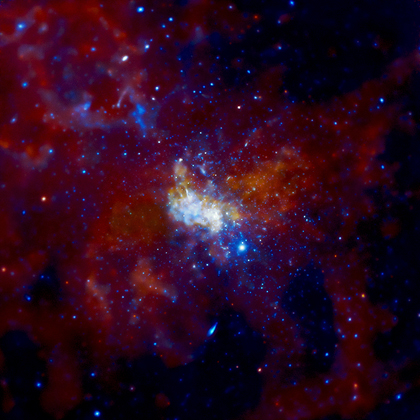Q and A of the Day: How Have Telescopes Changed Things?
This set of queries came in from a couple of students, and we liked senior scientist Martin Elvis's responses so much that we thought we'd post them for everyone to see.
How do you feel the telescope has changed the scientific view on our universe?
Hugely! Before the telescope we thought the universe was big, but we really had no idea how big. Telescopes immediately showed us that there were vastly more stars out there than we had thought, but it took lots of work making bigger and better telescopes -- and learning how to use them. It took lots of work before we started to know how far away the stars were (using "parallax"), where we fit into the Milky Way, our galaxy (on the edge - dust in space hid our view so we thought we were in the middle), and the Milky Way into the scheme of all galaxies. It's a LONG story, and always our view widens, and is still widening. Now we can see back to when the galaxies were forming, but we have only just begun to find planets around other stars.
What Triggers Cosmology's Most Important Explosions?
The work by Gilfanov and Bogdan described in the recent Chandra Press release represents a major advance in understanding the origin of Type Ia supernovas. Here, in Q & A format, we give some of the backstory of this important discovery.
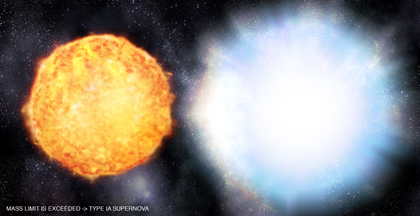
Illustration: NASA/CXC/M.Weiss
NASA's Chandra Reveals Origin of Key Cosmic Explosions
This composite image of M31 (also known as the Andromeda galaxy) shows X-ray data from NASA's Chandra X-ray Observatory in gold, optical data from the Digitized Sky Survey in light blue and infrared data from the Spitzer Space Telescope in red. The Chandra data covers only the central region of M31 as shown in the inset box for the image.
Some Super Bowl Physics (And a Little Bit of the Cosmos)
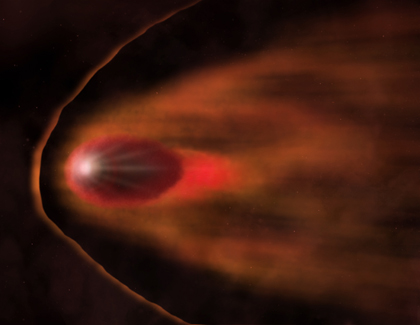
The good folks over at Cosmic Variance have blogged about a "Sports Science" segment that analyzes how well (and accurately) the New Orleans Saints quarterback Drew Brees throws the football. There's a little discussion about whether or not Brees is more accurate than an Olympic archer, but what caught our eyes and ears was the spin rate of the football they estimate Brees gives the ball.
Quasar Pair Captured in Galaxy Collision
This composite image shows the effects of two galaxies caught in the act of merging. A Chandra X-ray Observatory image shows a pair of quasars in blue, located about 4.6 billion light years away, but separated on the sky by only about 70 thousand light years. These bright sources, collectively called SDSS J1254+0846, are powered by material falling onto supermassive black holes. An optical image from the Baade-Magellan telescope in Chile, in yellow, shows tidal tails - gravitational-stripped streamers of stars and gas -- fanning out from the two colliding galaxies.
Q and A of the Day: White Dwarfs vs. Neutron Stars?
Q:
What are five differences between white dwarfs and neutron stars?
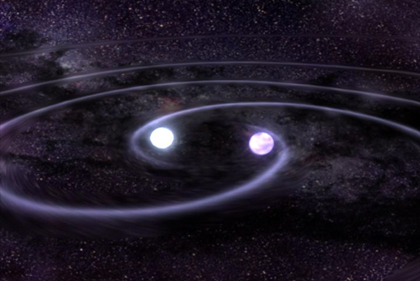
A:
The major difference is due to the way in which they are formed. 1. White dwarfs are formed from the collapse of low mass stars, less than about 10 time the mass of the Sun. This star loses most of its mass in a wind, leaving behind a core that is less than 1.44 solar mass. On the other hand, neutron stars are formed in the catastrophic collapse of the core of a massive star.
Other differences follow:
Two Tails to Tell
Two spectacular tails of X-ray emission has been seen trailing behind a galaxy using the Chandra X-ray Observatory. A composite image of the galaxy cluster Abell 3627 shows X-rays from Chandra in blue, optical emission in yellow and emission from hydrogen light -- known to astronomers as "H-alpha" -- in red. The optical and H-alpha data were obtained with the Southern Astrophysical Research (SOAR) Telescope in Chile.
Peering Into The Heart of Darkness
Astronomers have long known that the supermassive black hole at the center of the Milky Way Galaxy, known as Sagittarius A* (or Sgr A* for short), is a particularly poor eater. The fuel for this black hole comes from powerful winds blown off dozens of massive young stars that are concentrated nearby. These stars are located a relatively large distance away from Sgr A*, where the gravity of the black hole is weak, and so their high-velocity winds are difficult for the black hole to capture and swallow. Scientists have previously calculated that Sgr A* should consume only about 1% of the fuel carried in the winds.

